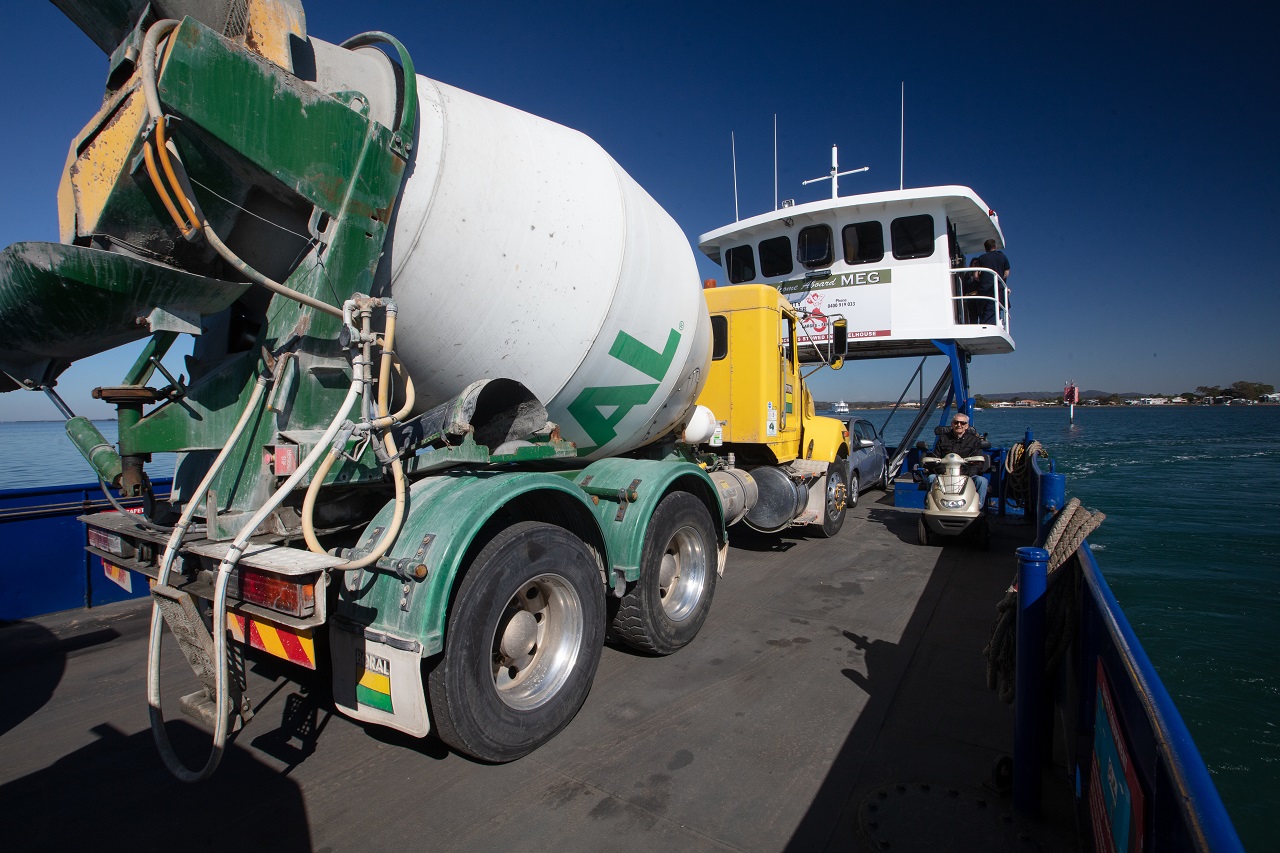Following consultation, we propose to introduce NSCV section C2 in late 2021.
From late 2022, compliance with NSCV section C2 would be mandatory for domestic commercial vessels which enter into commercial service for the first time after that date.
We are still considering if NSCV C2 should apply to transitional vessels, and if so, which parts of the standard should be applied. We want your feedback on this issue.
For the first 12 months—until late 2022—we will allow vessels to comply with either NSCV section C2 or the USL Code sections 5C, 5D and 7.
Already have a certificate of survey prior to December 2022.
Have design approval prior to December 2022.
Are under construction prior to December 2022.
Are a sister vessel built to an approved plan within three years after December 2022.
We are still considering if the NSCV C2 should apply to ‘transitional vessels’, and if so, which aspects of the standard should be applied.
Transitional vessels are subject to a mix of the USL Code and NSCV, and generally the NSCV requirements only apply to the areas of the vessel affected by the modification or change.
We are seeking your feedback on this issue. For example, should the freeboard mark required under the NSCV section C2 apply to transitional vessels?
A ‘transitional vessel’ is an existing vessel that meets any of the following:
- has been modified or upgraded
- is being operated differently
- is being operated in a different operational area
- has resumed commercial service after a break of two or more years
